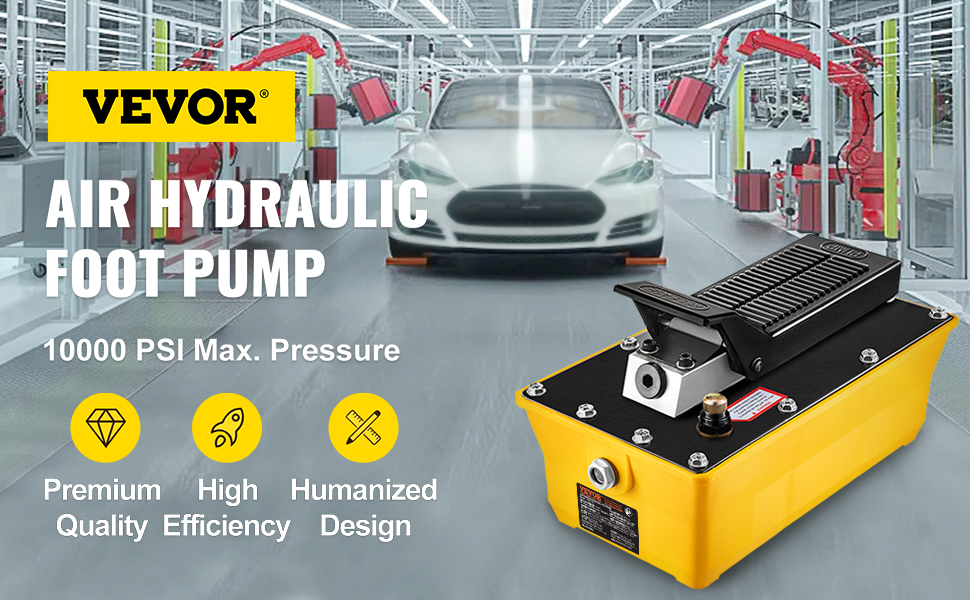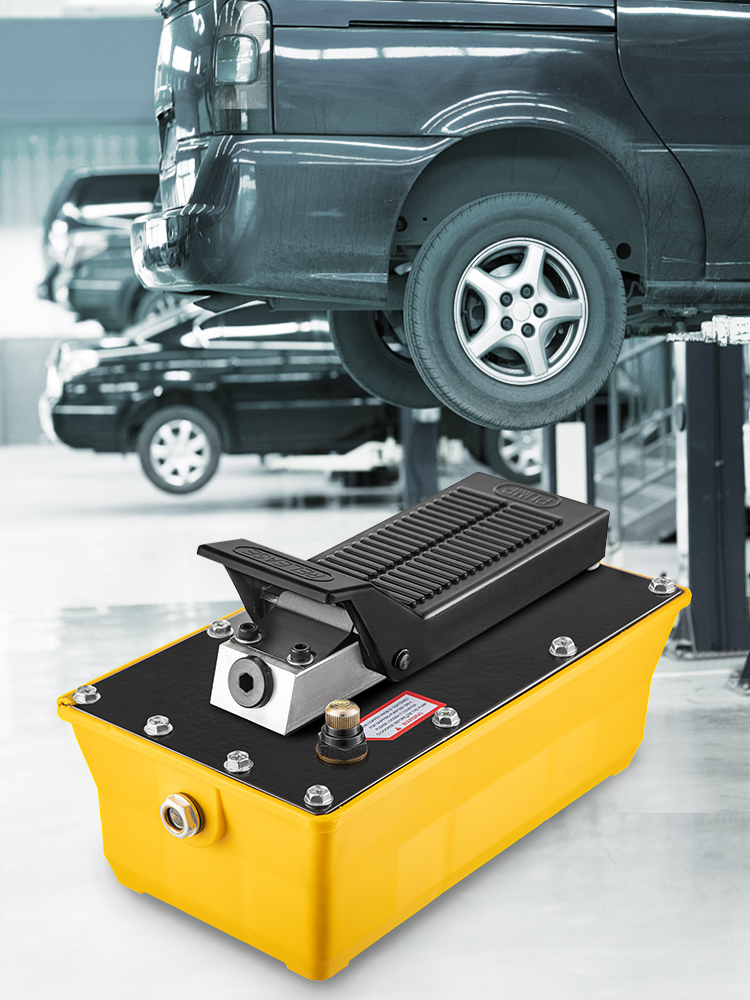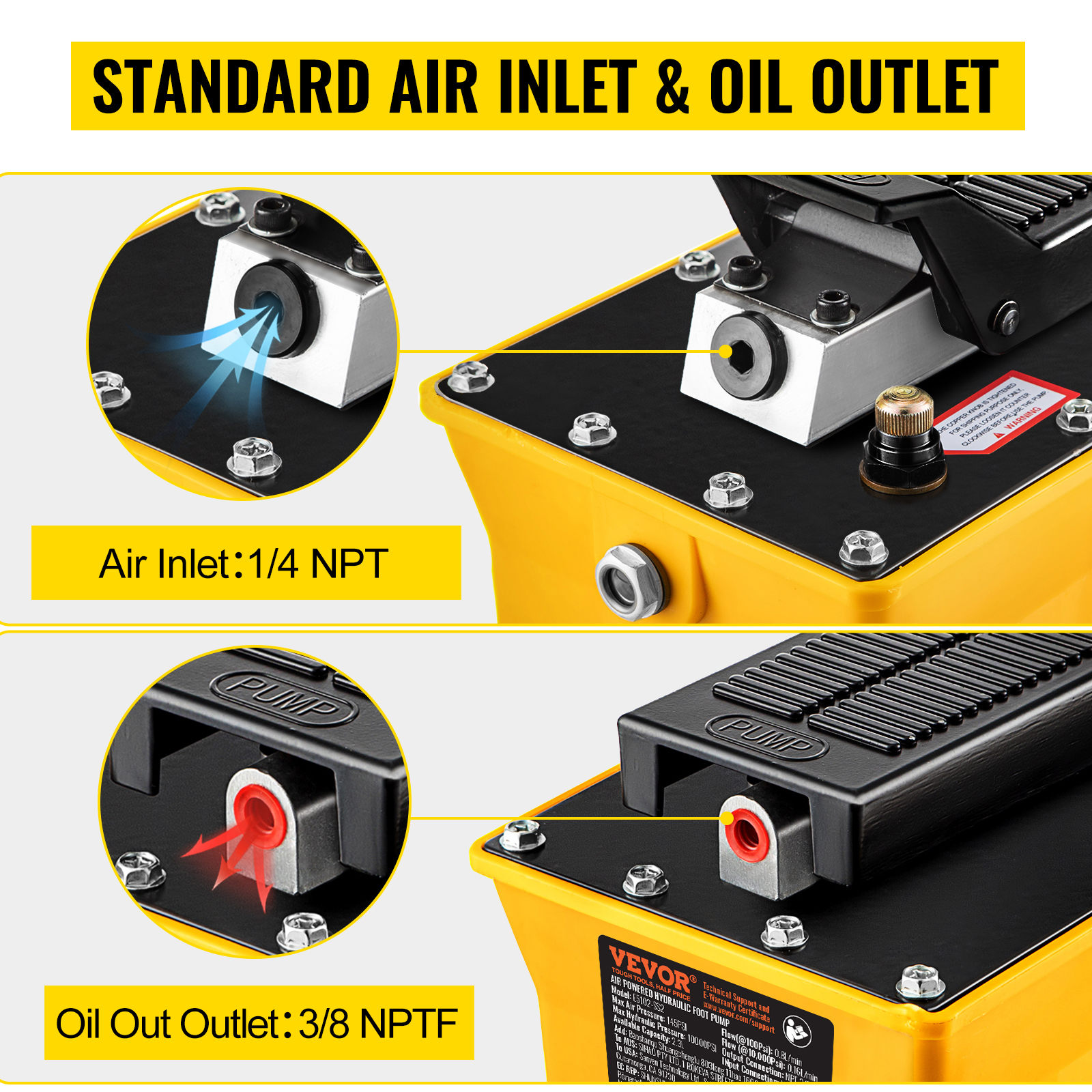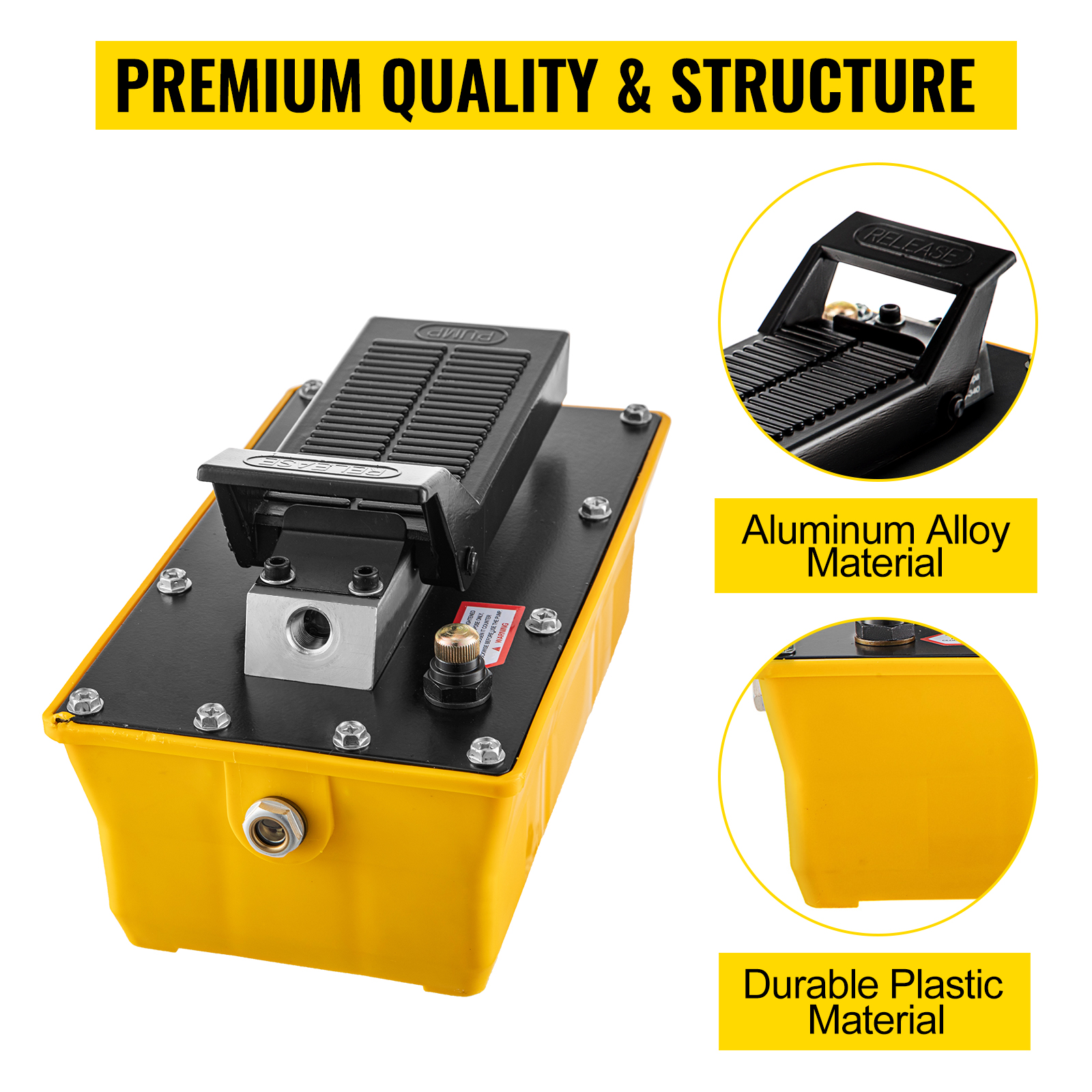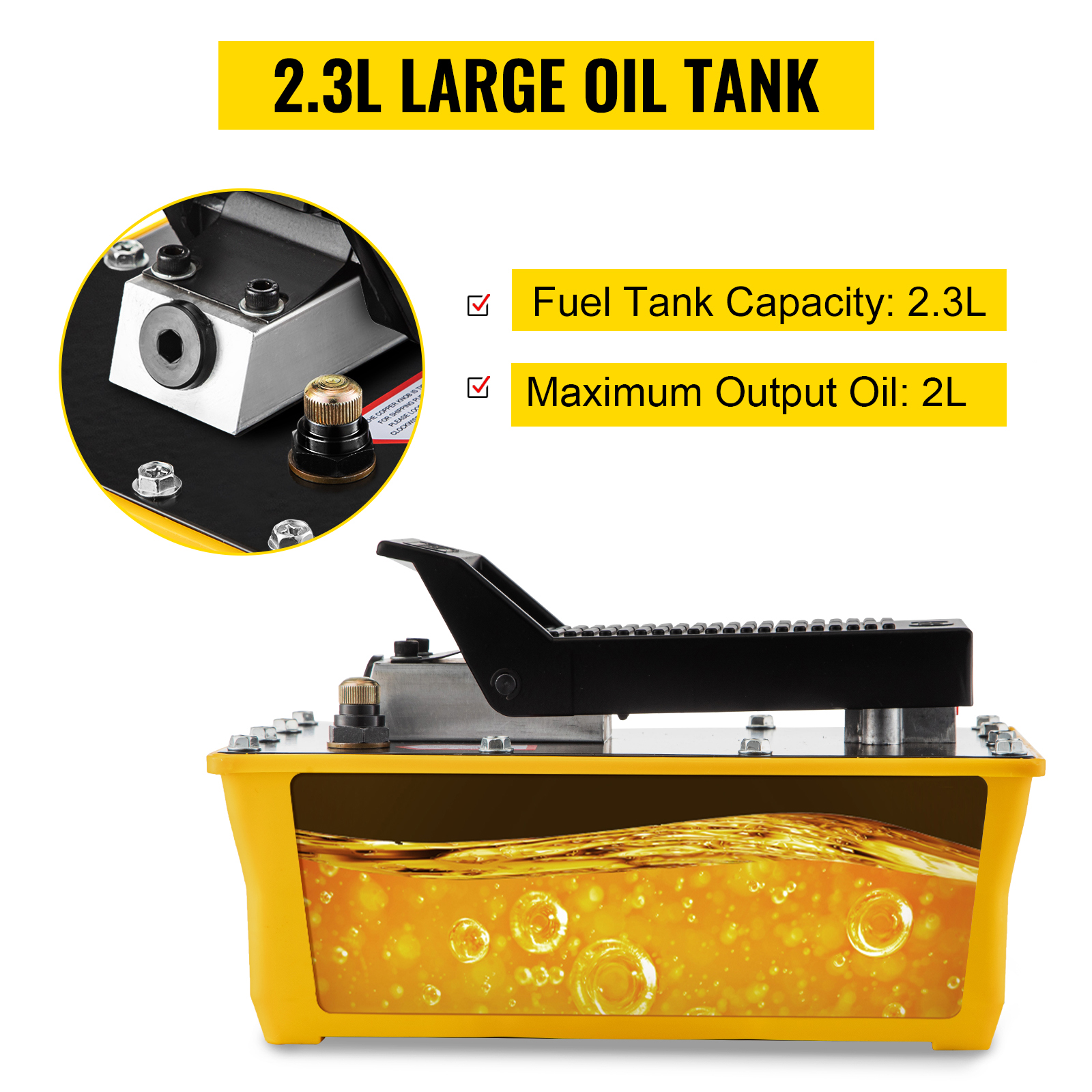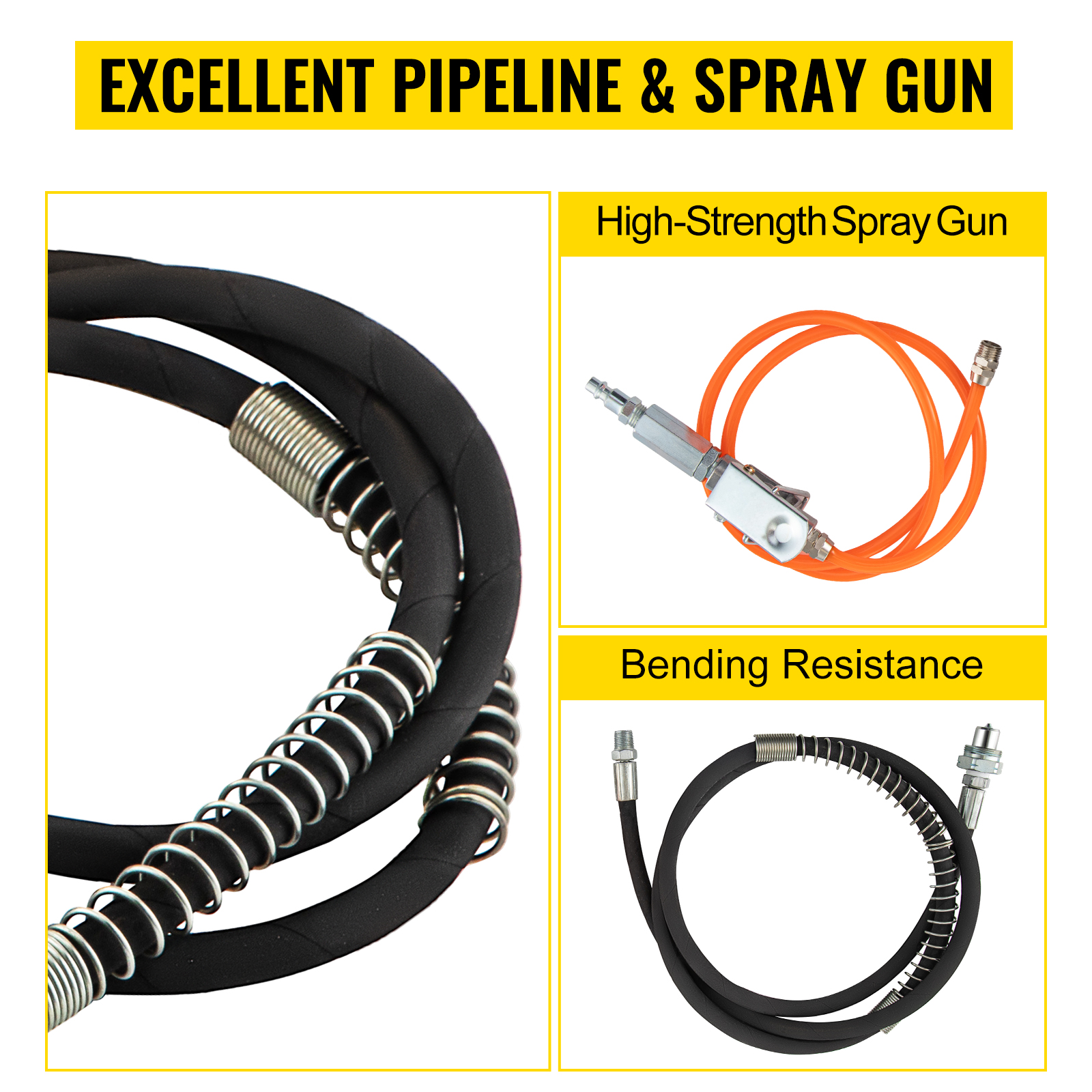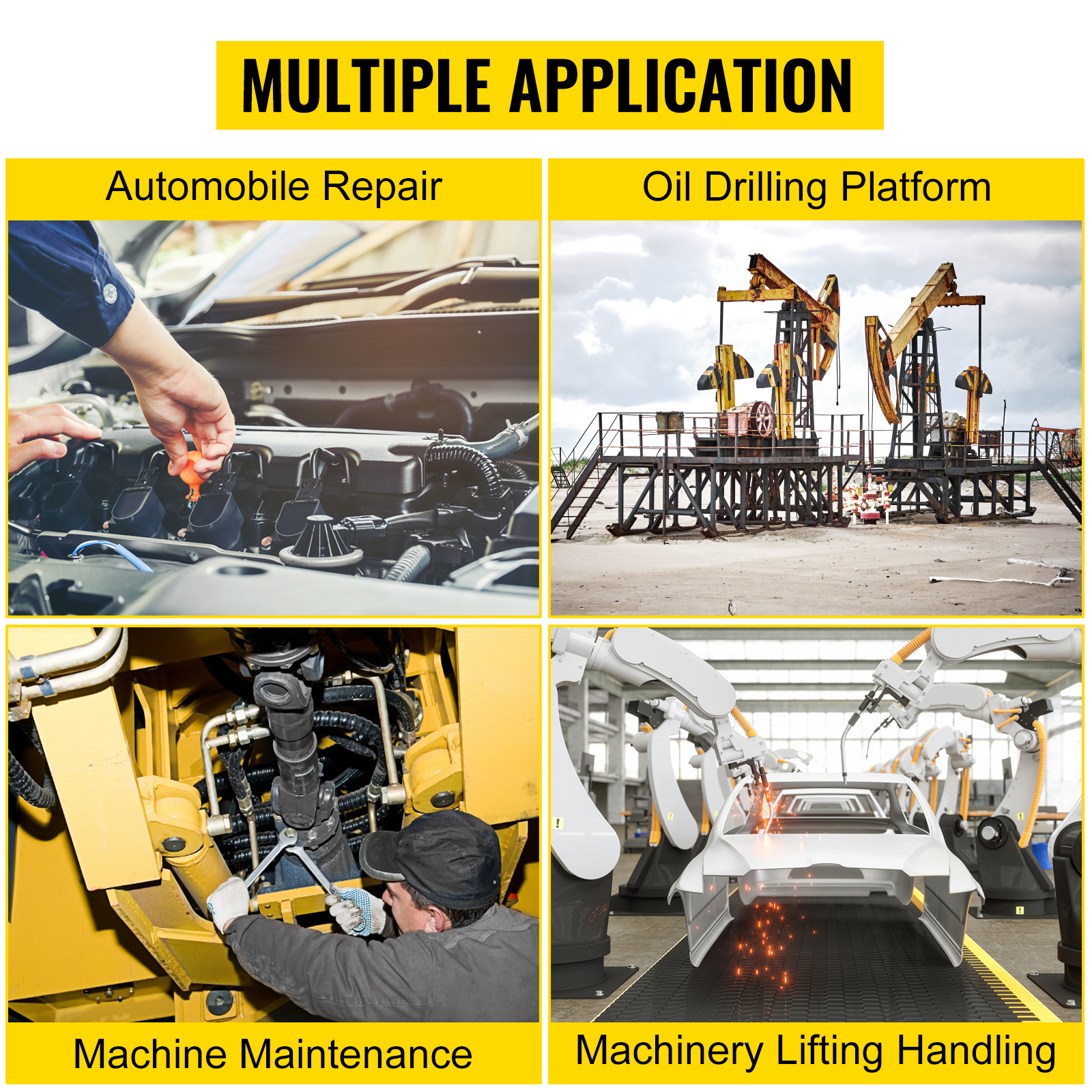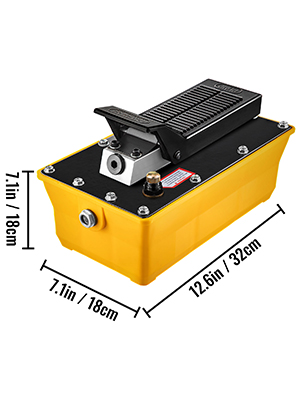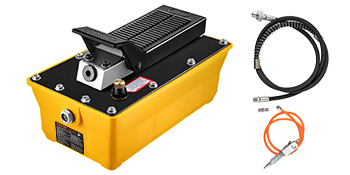High-Precision Spray Gun Tools for Professional and DIY Projects
Best Spray Gun for Flawless Painting and Coating
High-Performance Tools for Smooth and Even Application
Achieve Professional Results on Any Surface
Ideal for DIY Projects and Professional Use
Spray Guns for Painting, Coating, and Finishing
Whether you're a professional painter or a DIY enthusiast, our spray gun tools are designed to deliver high-precision and flawless finishes. The best spray gun for painting, coating, and finishing ensures smooth and even application across a variety of surfaces.
Featuring a versatile range of tools, from air spray guns to HVLP spray guns, our collection is perfect for achieving professional-quality results. Ideal for automotive work, home improvement, or creative projects, our spray guns are easy to use and designed for precision.
For those tackling DIY projects, our DIY spray gun provides the flexibility and performance needed for a perfect finish every time. Professionals can also benefit from our professional spray gun that offers reliability and durability for continuous use.
Explore our full range of spray gun kits, which come equipped with everything you need for fast and efficient painting. From automotive spray guns to tools for coating and finishing, our collection is built for exceptional performance and ease of use.
Spray gun tools, Best spray gun, Paint spray gun Professional spray gun, Air spray gun, Spray gun for painting, DIY spray gun, HVLP spray gun, Automotive spray gun, Spray gun kit,




















